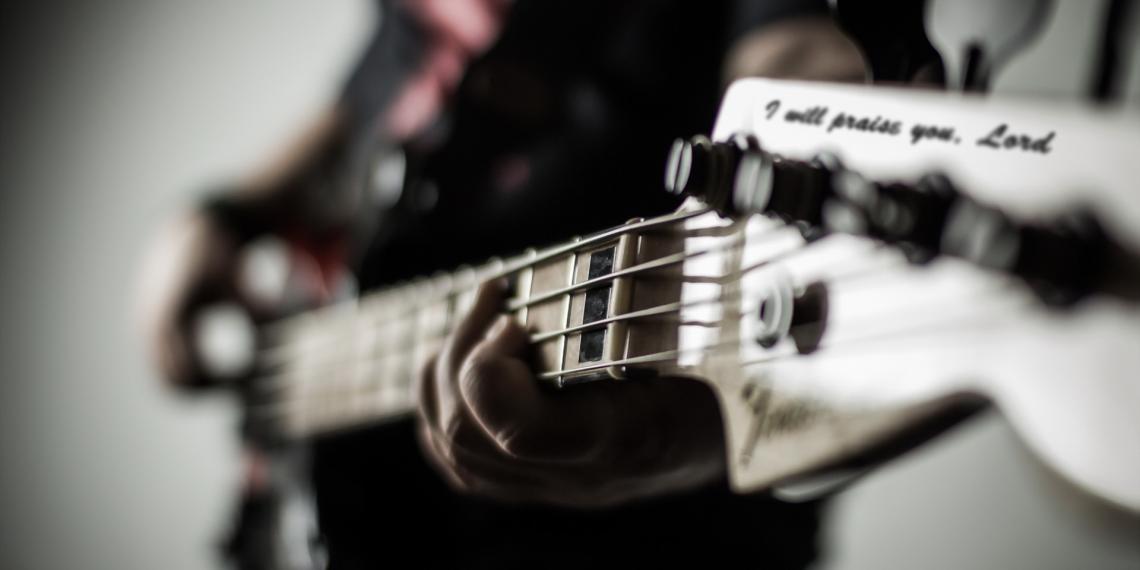Crafting the Perfect Bass Tone

The bass guitar is an often forgotten, but crucially important part of any band or rhythm section. People may think that you simply plug in a bass and go for it — not the case. Just like any art form, there are a whole range of extended techniques and tone tips that apply to this surprisingly versatile instrument.
This training article will cover an even more neglected aspect of the bass guitar in church — tone. The bass guitar operates in some fundamentally similar ways to an electric guitar — both use forms of amplification to achieve their desired sound, and neglecting the tone shaping possibilities of the bass severely limits what you can achieve as a band. Here are a few main tips to help craft your perfect bass tone and how it can contribute to your music.
Effects:
The effects realm is dominated by electric guitarists, with keyboard players in a close second. However, there are a few effects that a bass player can use to achieve great results.
- The first most important floor based stomp box, regardless of instrument is the tuner. Good tone starts when your instrument is in tune — the bass is no exception. Staying in tune also means keeping your strings fresh. old ones will sound dull and lack presence.
- An EQ pedal will make shaping your tone a breeze and allows for on-the-fly adjustment of your tone depending on your venue or space
- Many bassists have found creative ways of using drive and fuzz pedals. The low end rumble of a bass combined with a properly dialed in gain pedal will add a huge amount of depth to your tone. Even just a sliver of overdrive will round out your tone and give it the bite to cut through the mix when required
- Experiment with modulation effects like delays and reverbs, but don’t expect them to be utilised in conventional music genres. The bass is built to occupy lower, less distinct frequency ranges, and by design, modulation effects will make these frequencies harder to hear. Still, there are players who have found ways to make modulation effects a core part of their tone. Check out Tool’s bassist Justin Chancellor and his bass rig:
Amp tone controls:
It’s important to squeeze the most out of your amp’s tone controls. Those knobs and buttons are on your amp for a reason! Bassists should focus on the lows and mids, dialing in just enough of the bass frequencies to be felt without getting muddy. The mid range frequencies will help your bass to “push out” of the mix, and your notes will become even more distinct the more mids you dial in. The treble controls should be used to add “sparkle” to the top of the note — just a touch of treble in the right amount can really add a lot to your tone.
Genre:
When you dial in your tone, consider what genre you’re playing for. Most church music doesn’t place huge importance on your bass tone, but it’s more than likely you’ll need to fill out space, in which case, you’d focus more of lower frequencies. Some music requires the bass to be almost like a lead instrument — particularly progressive jazz or rock, in which case you’d focus on the mid range. Pick the right tone for the right occasion.
When you put these three elements together, and with a bit of experimentation and research, you’ll easily be able to translate that perfect tone your hear in your head into some real music. The key is to persevere, listen to lots and lots of different genres of music and always seek to further yourself and your instrument. Never take the bass for granted as the instrument no one would miss — you’ll notice when it’s gone!

